Dalmally: Highland Heritage and the Enduring Legacy of Clan MacGregor
Nestled in the heart of Argyll and Bute, surrounded by sweeping glens and the tranquil waters of Loch Awe, lies the village of Dalmally—a place where history, landscape, and clan legacy converge. Though small in size, Dalmally holds a powerful place in the story of the Scottish Highlands, especially through its connection to the legendary Clan MacGregor and the mysterious Dalmally Stones preserved within its parish church.
Whether you’re drawn by ancient artifacts, clan history, or the quiet beauty of the surrounding hills, Dalmally offers a rich and evocative journey into Scotland’s soul.
🏞️ Dalmally: A Highland Crossroads
Dalmally sits at the junction of Glenorchy and Strath of Orchy, where the River Orchy flows into Loch Awe. Historically, this location made it a vital route for cattle drovers, pilgrims, and clan warriors. The village grew around the railway station built in the 19th century, which brought Victorian tourists and connected the Highlands to the wider world.
Today, Dalmally remains a peaceful community, with stone cottages, scenic trails, and a strong sense of identity rooted in its Gaelic heritage and clan connections.
🪨 The Dalmally Stones: Echoes of the Past
One of the village’s most intriguing treasures is the collection of carved medieval grave slabs known as the Dalmally Stones. These stones are preserved inside Glenorchy Parish Church, a striking building that stands on a mound overlooking the river and the glen.
The church itself was built in 1811, replacing an earlier chapel that dated back centuries. Inside, the Dalmally Stones are displayed in a specially constructed crypt-like chamber, protected from the elements and open to visitors. The stones feature intricate carvings of swords, crosses, and symbolic motifs—many believed to mark the graves of warriors and clan leaders from the medieval period.
While the exact origins of the stones are debated, they are widely associated with Clan MacGregor, whose ancestral lands included Glenstrae and Glenorchy. The presence of these stones in Dalmally is a powerful testament to the clan’s historical influence in the region.
🛡️ Clan MacGregor: Outlawed but Unbowed
Few clans in Scottish history have a story as dramatic and resilient as Clan MacGregor. Known for their fierce independence and martial prowess, the MacGregors were once among the most powerful clans in Argyll. Their motto—‘S Rioghal Mo Dhream (“Royal is my race”)—reflects their claim of descent from the ancient kings of Dalriada.
However, their fortunes changed drastically in the early 17th century. After a series of violent feuds, most notably with Clan Colquhoun, the MacGregors were outlawed by King James VI in 1603. Their name was banned, their lands seized, and their members hunted. For over 150 years, the MacGregors lived under persecution, often forced to adopt other surnames and live in secrecy.
Despite this, the clan endured. Many MacGregors became legendary figures, including Rob Roy MacGregor, the famed outlaw and folk hero who roamed the hills of Loch Lomond and Glen Dochart. The clan’s resilience became a symbol of Highland defiance and pride.
In 1774, the proscription was finally lifted, and the MacGregors reclaimed their name and heritage. Today, Clan MacGregor is celebrated around the world, and Dalmally remains one of its spiritual homelands.
⛪ Glenorchy Parish Church: A Sanctuary of Memory
The church that houses the Dalmally Stones is more than a place of worship—it’s a sanctuary of memory. Built in a cruciform shape with Gothic windows and a central tower, Glenorchy Parish Church stands as a beacon of continuity in a land shaped by upheaval.
The churchyard contains gravestones dating back centuries, many bearing the names of MacGregors and other local families. The surrounding landscape—Glenorchy, Glenstrae, and the slopes of Ben Cruachan—was once the heartland of the clan, and the church serves as a quiet tribute to their enduring presence.
Visitors to the church can view the Dalmally Stones, explore the grounds, and reflect on the lives of those who walked these glens long before modern roads and railways arrived.
🏘️ The Wider Community: Glenorchy, Lochawe, and Beyond
Dalmally is part of a network of Highland communities that share deep ties to Clan MacGregor and the region’s history:
- Glenorchy and Glenstrae: These glens were the ancestral lands of the MacGregors, rich in lore and natural beauty. The clan’s chiefs once ruled from these valleys, and many battles and feuds were fought here.
- Lochawe Village: Just a few miles west, Lochawe is home to St Conan’s Kirk, a whimsical and architecturally unique church built by a member of Clan Campbell. Though historically rivals, the Campbells and MacGregors both shaped the region’s cultural landscape.
- Kilchurn Castle: Located at the head of Loch Awe, this dramatic ruin was built by the Campbells of Glenorchy and served as a military stronghold. Its presence reflects the complex and often tense relationships between neighboring clans.
- Taynuilt and Inveraray: These towns further west offer access to museums, castles, and cultural sites that explore the broader history of Argyll and the clans who lived there.
Together, these communities form a tapestry of Highland life—woven with stories of loyalty, conflict, and resilience.
Final Thoughts
Dalmally may be a small village, but its legacy looms large. From the carved stones in Glenorchy Church to the echoes of Clan MacGregor’s defiant past, it offers a window into the soul of the Highlands. It’s a place where history isn’t just remembered—it’s felt in the stones, the hills, and the quiet reverence of those who still walk its paths.
If you find yourself in Argyll, make time for Dalmally. Stand among the gravestones, trace the carvings of ancient warriors, and let the spirit of the MacGregors guide you through a land that has never forgotten its roots.
Sources:
- Glenorchy Parish Church Archives
- Clan MacGregor Society
- Historic Environment Scotland: Dalmally Stones
- VisitScotland: Argyll & The Isles
- Undiscovered Scotland: Dalmally and Glenorchy
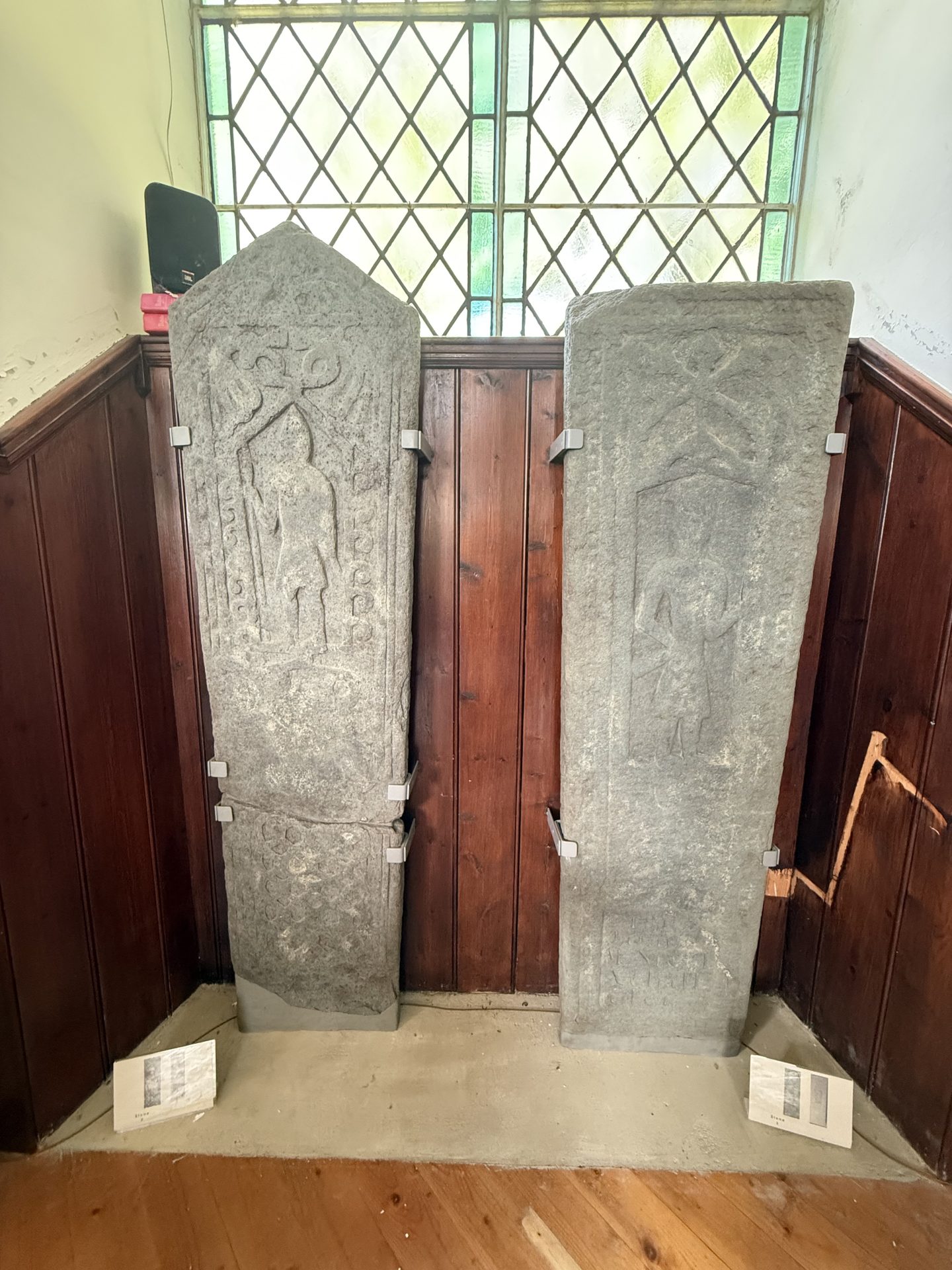
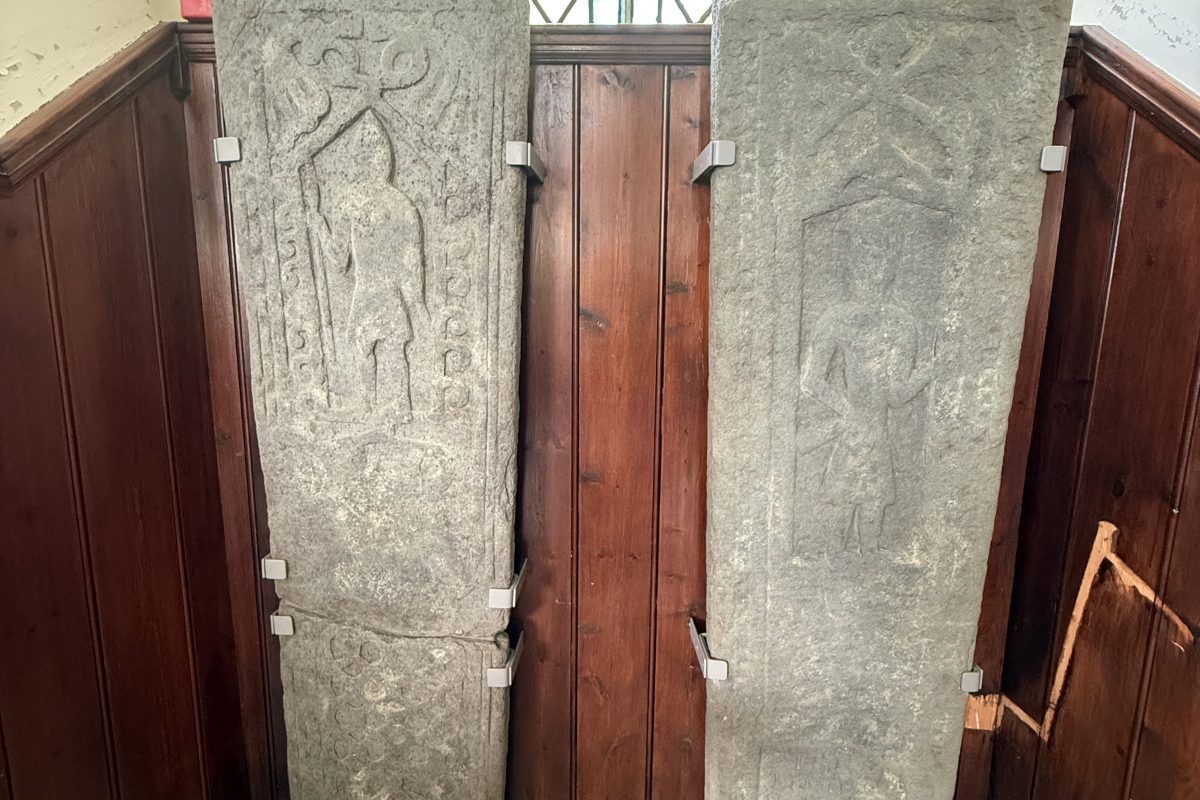
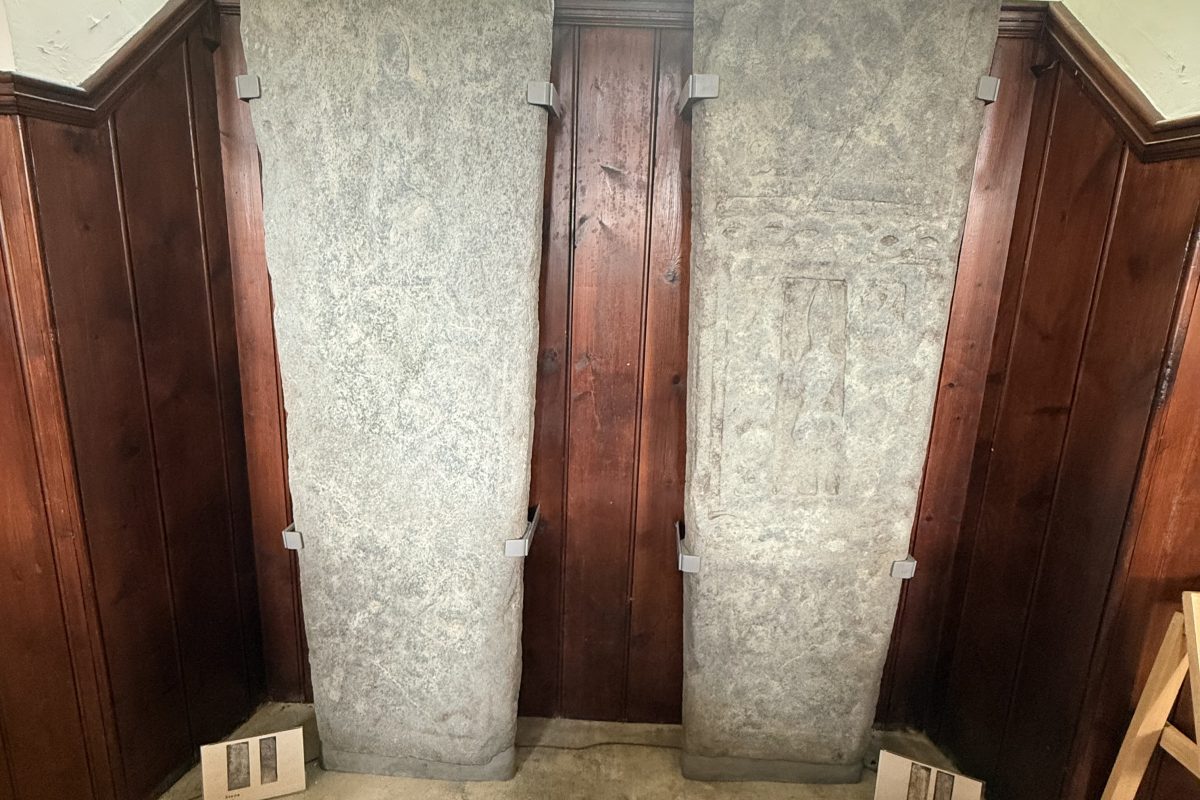
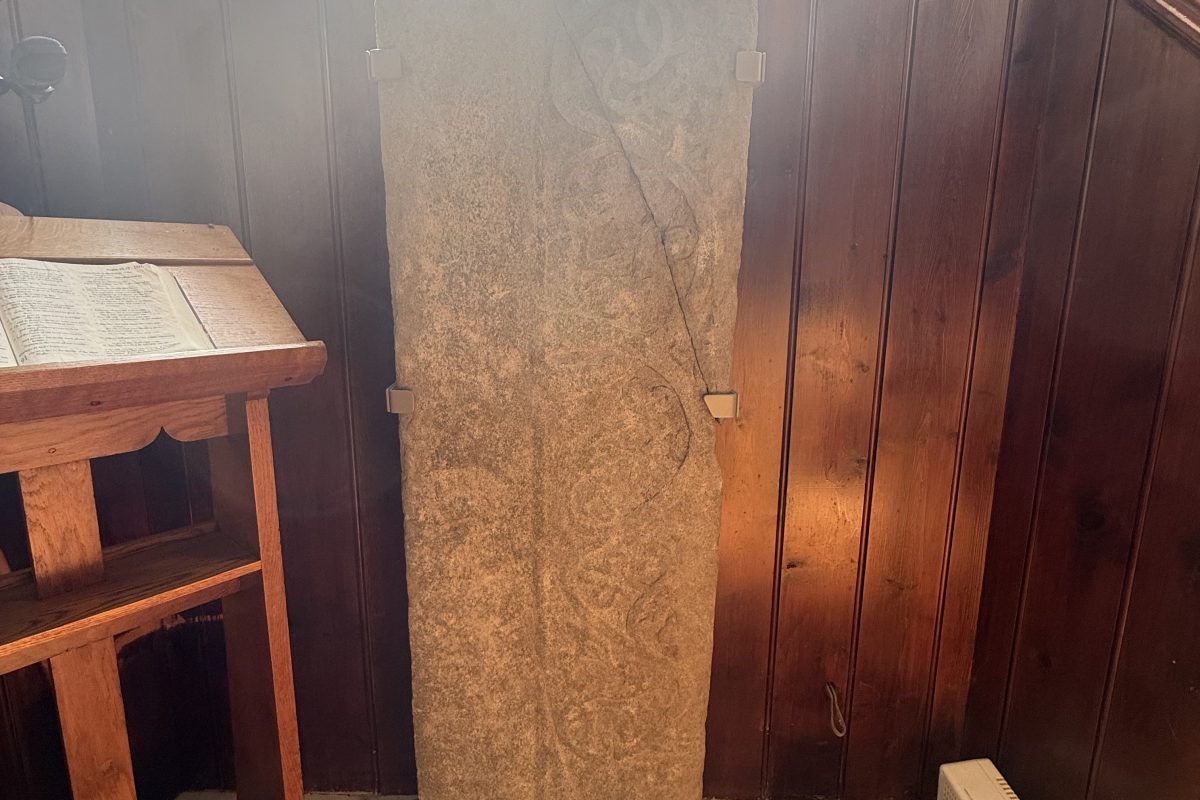
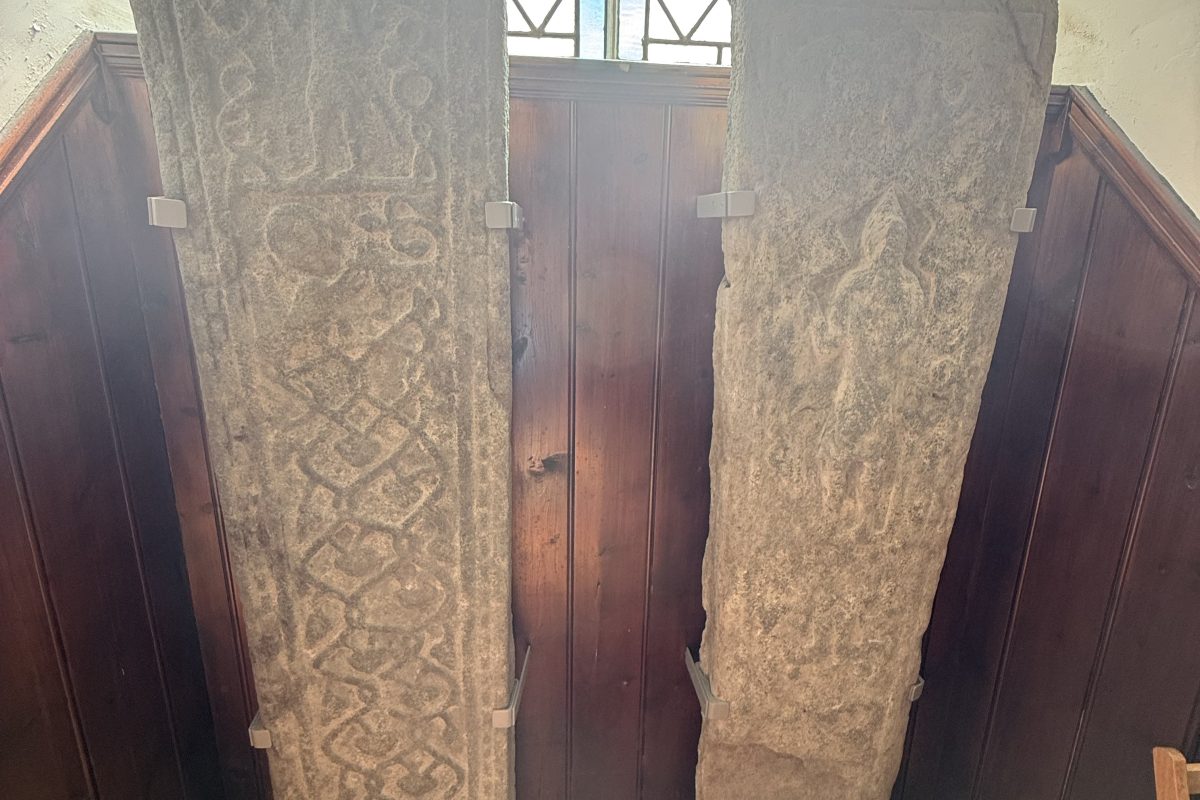


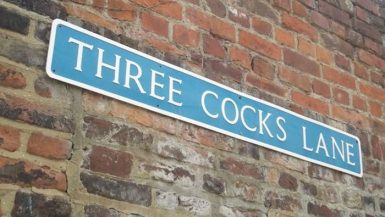
Leave a reply
You must be logged in to post a comment.